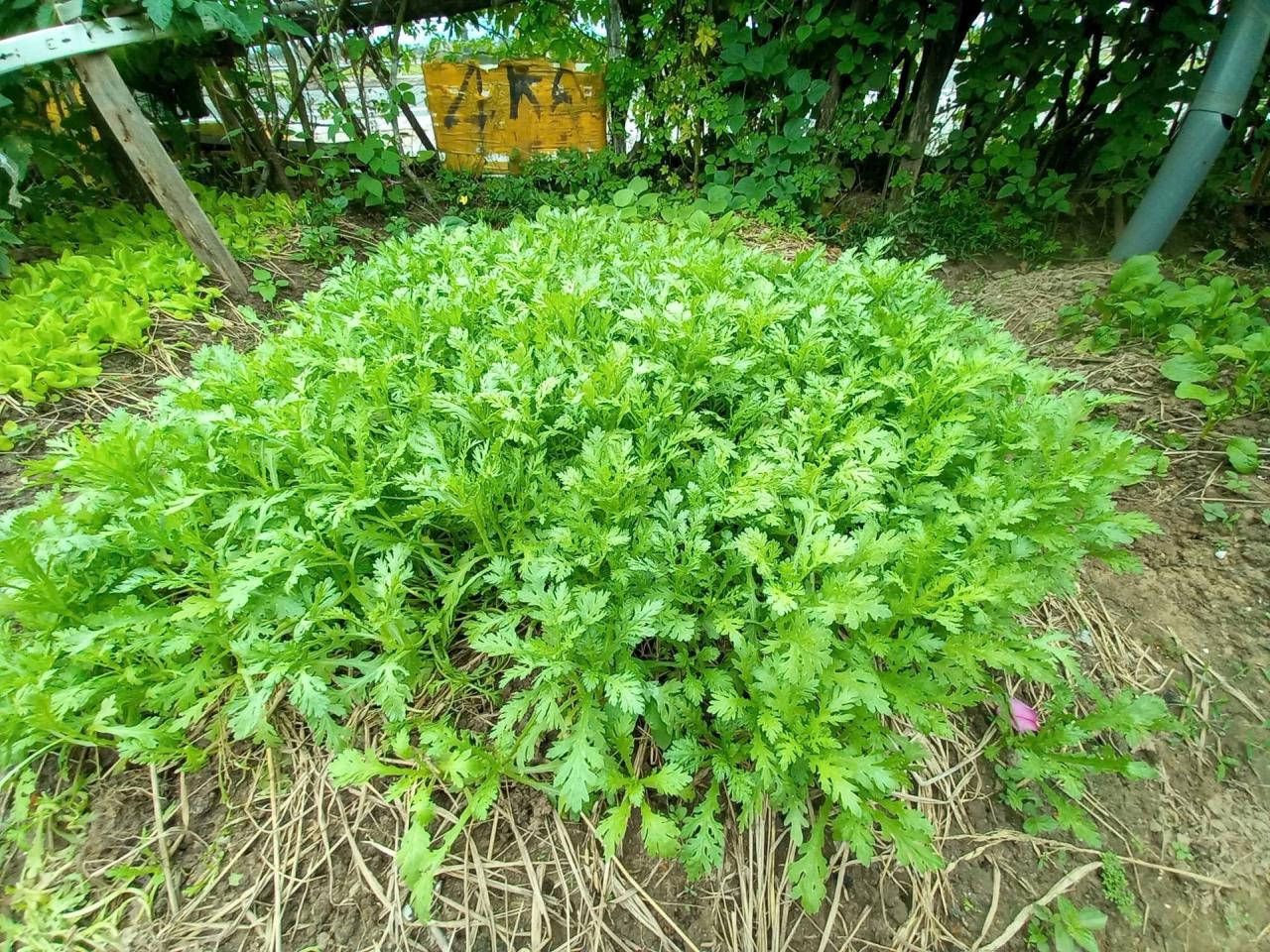
Under the spring sunshine, the lush green beds of Malabar spinach sway in the wind. The aroma of a bowl of Malabar spinach soup wafts up from the kitchen - a rustic, rich aroma that is hard to forget.
Anyone who spent their childhood in the countryside is probably quite familiar with the taste of tần ô. People in my village spend all year working in the fields and gardens, so tần ô becomes familiar.
The plant is easy to grow and does not require much care, but according to experience, the best time to plant is usually at the end of December, when the long rains have stopped. Watered in the late winter and early spring sunshine, and with skillful care, in just a few weeks the plant shoots will sprout and sprout new buds.
When I was young, I often cut the Chinese clematis in the early morning, because after a night of rain and humidity, the Chinese clematis absorbed the essence of heaven and earth, becoming plump, shiny, and cool. This is also the time when the Chinese clematis is at its best, not wilted like in the late afternoon.
Although dishes made from Chinese spinach are rustic in the countryside, they are also medicinal, curing many diseases, cooling the liver, laxative, preventing mouth ulcers... Freshly picked Chinese spinach is crispy and fresh, washed and can be eaten raw with vegetables or when cooking fish hotpot, adding a little Chinese spinach will help the eater cool down.
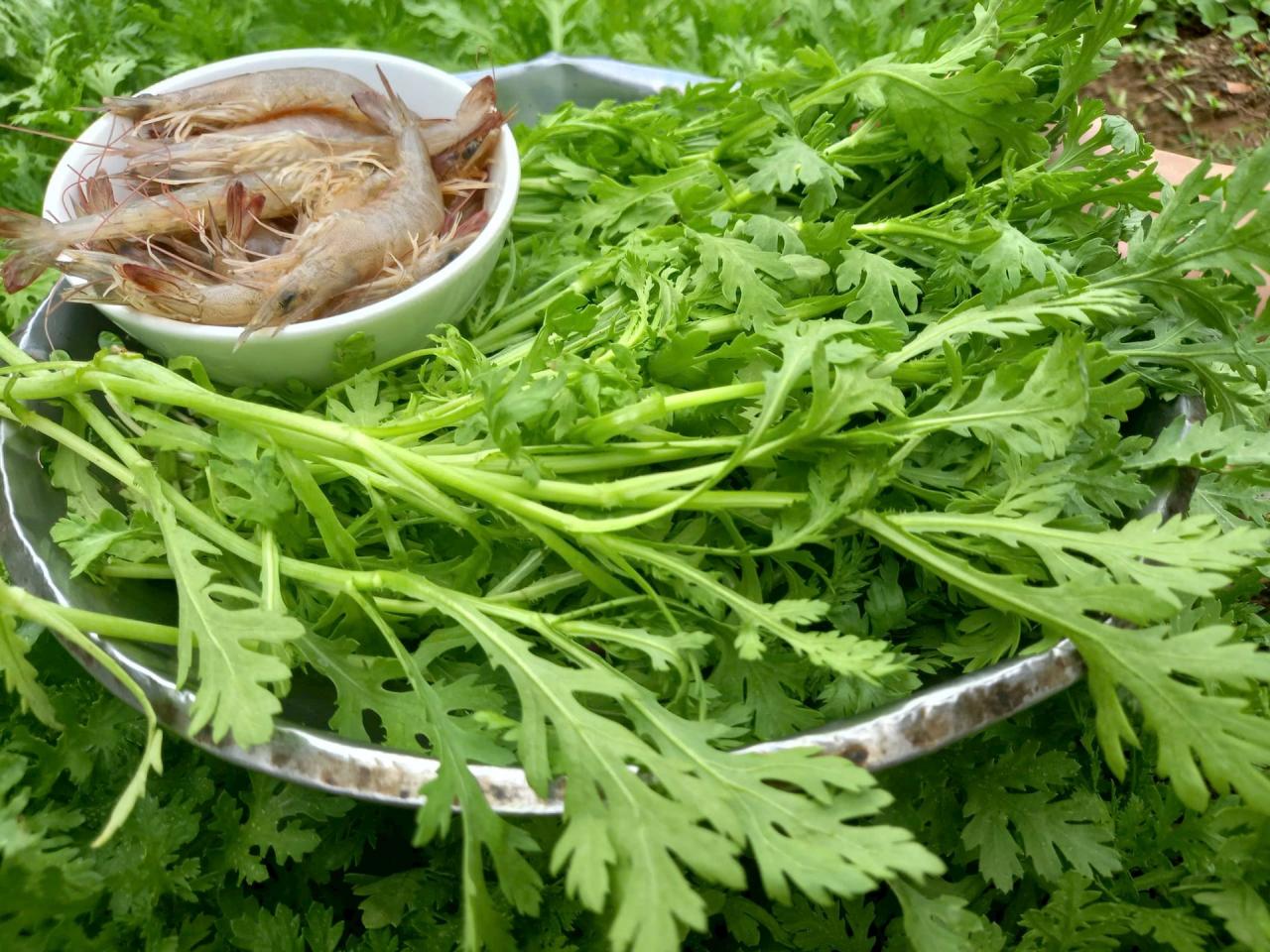
The most popular is cooking water spinach soup. There are many types, just a bunch of water spinach shoots from the fence corner, a few sweet potato shoots, and a few fresh shrimps are enough to make a pot of green vegetable soup, clear water, sweet and cool.
On busy harvest days, the water spinach picked from the garden is washed, water is poured into the pot, wait for it to boil, then add the spinach, a little salt and pepper, remove from heat and the soup is ready.
So simple yet so delicious, all the feelings of heaviness and fatigue seem to disappear. When life in the village gradually stabilized and the economy improved, families added lean meat, crab, shrimp, etc. to the soup to increase the nutrition.
The live, bouncing shrimps are cleaned and seasoned. For the Chinese clematis, choose the young stems. Place the pot on the stove, sauté onions and garlic with cooking oil, add the shrimp, pour in the boiled water, add the Chinese clematis leaves, season to taste. Wait until the soup boils again, then turn off the stove. The cook must pay attention, raw or overcooked vegetables will ruin the flavor of the soup. Like other vegetable soups, add a little herbs such as onions, coriander... and don't forget to sprinkle a little pepper to make the soup more attractive.
Those who try this soup for the first time will find it a little bit pungent, the feeling of roughness, the natural sweetness (not from seasoning powder) of homegrown vegetables. To be more precise, it is the taste of the soil, the sun, the wind of the homeland permeating each stalk of vegetable, creating a light bowl of soup. Is that taste enough to make people always remember their homeland?
Source: https://baoquangnam.vn/xanh-muot-tan-o-ngay-xuan-3149024.html


















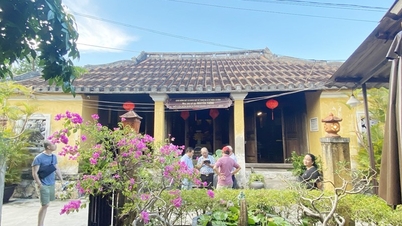











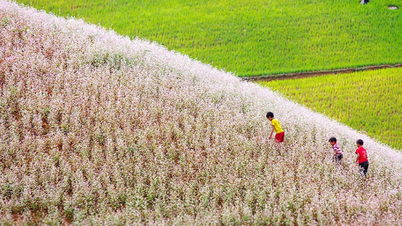


























































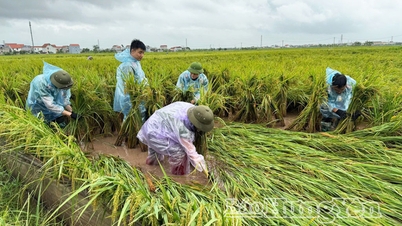















Comment (0)